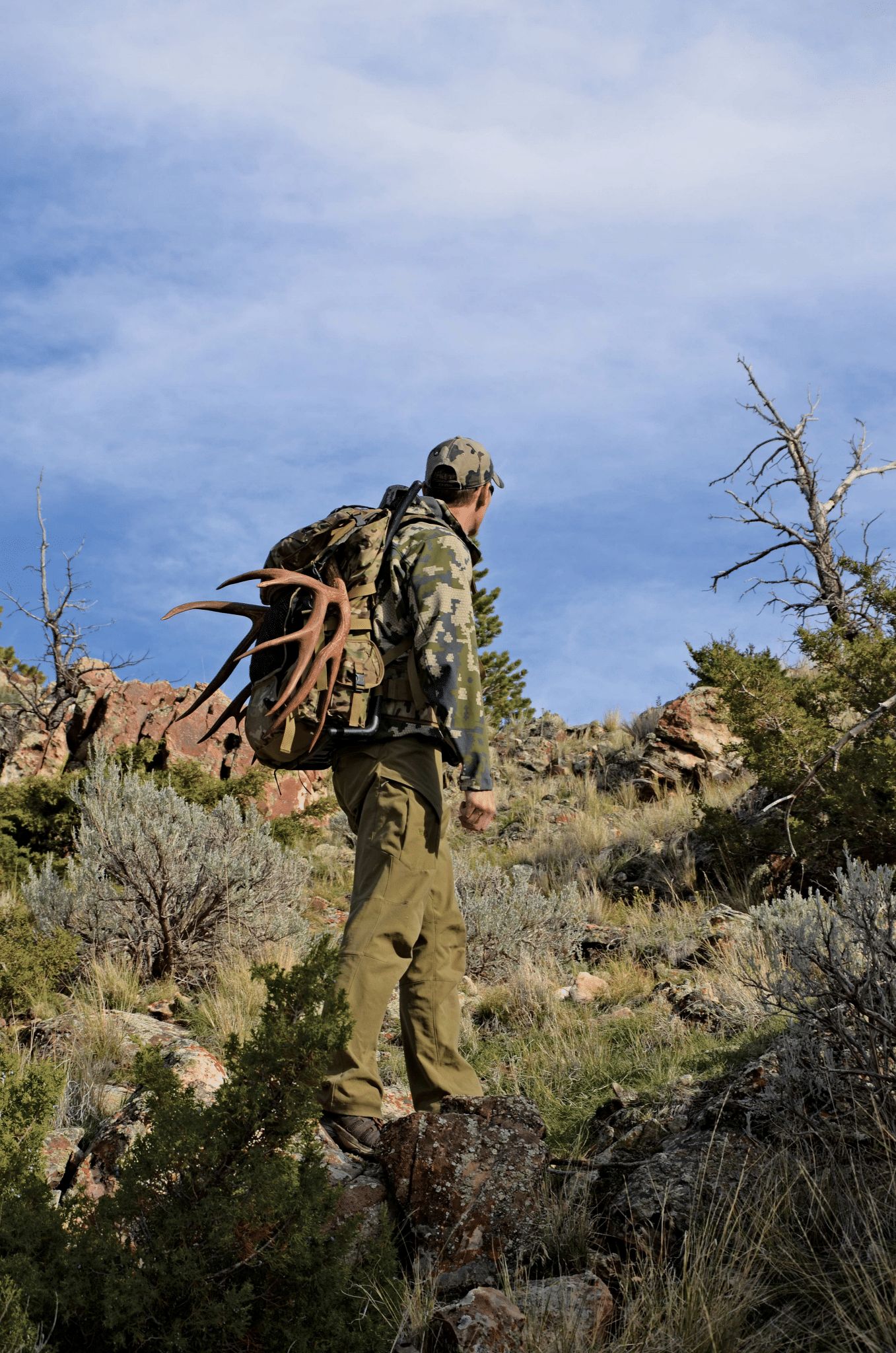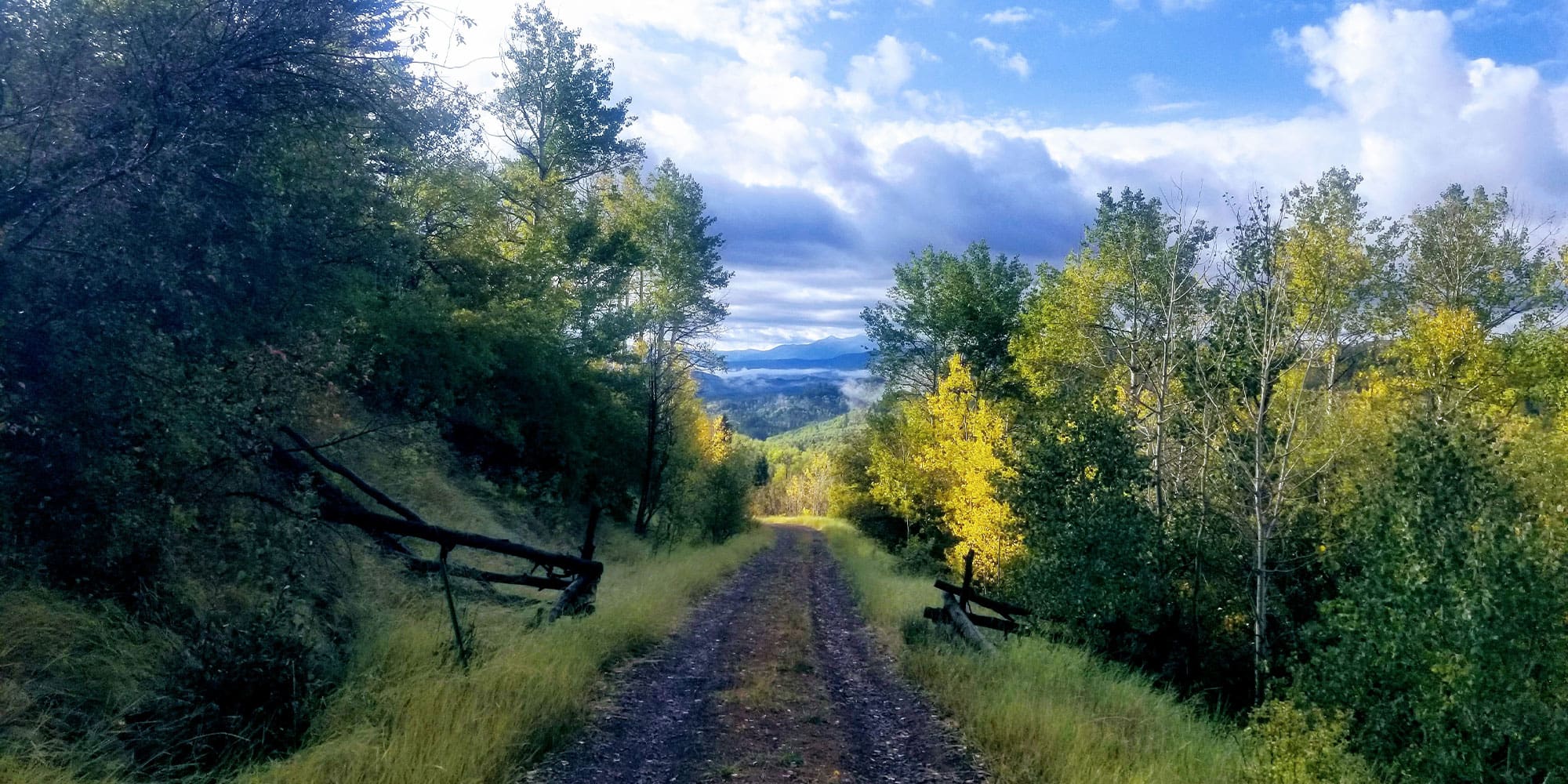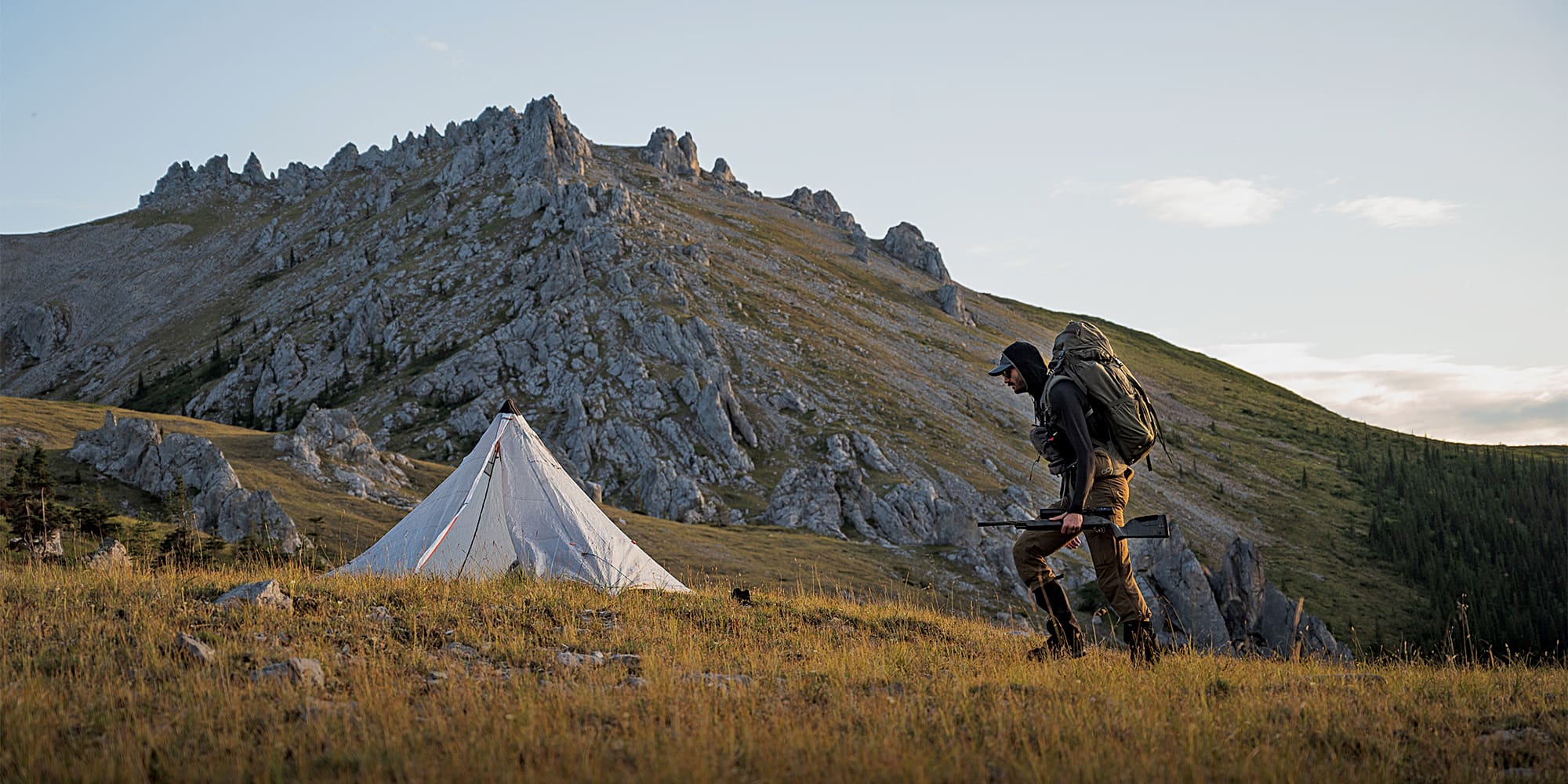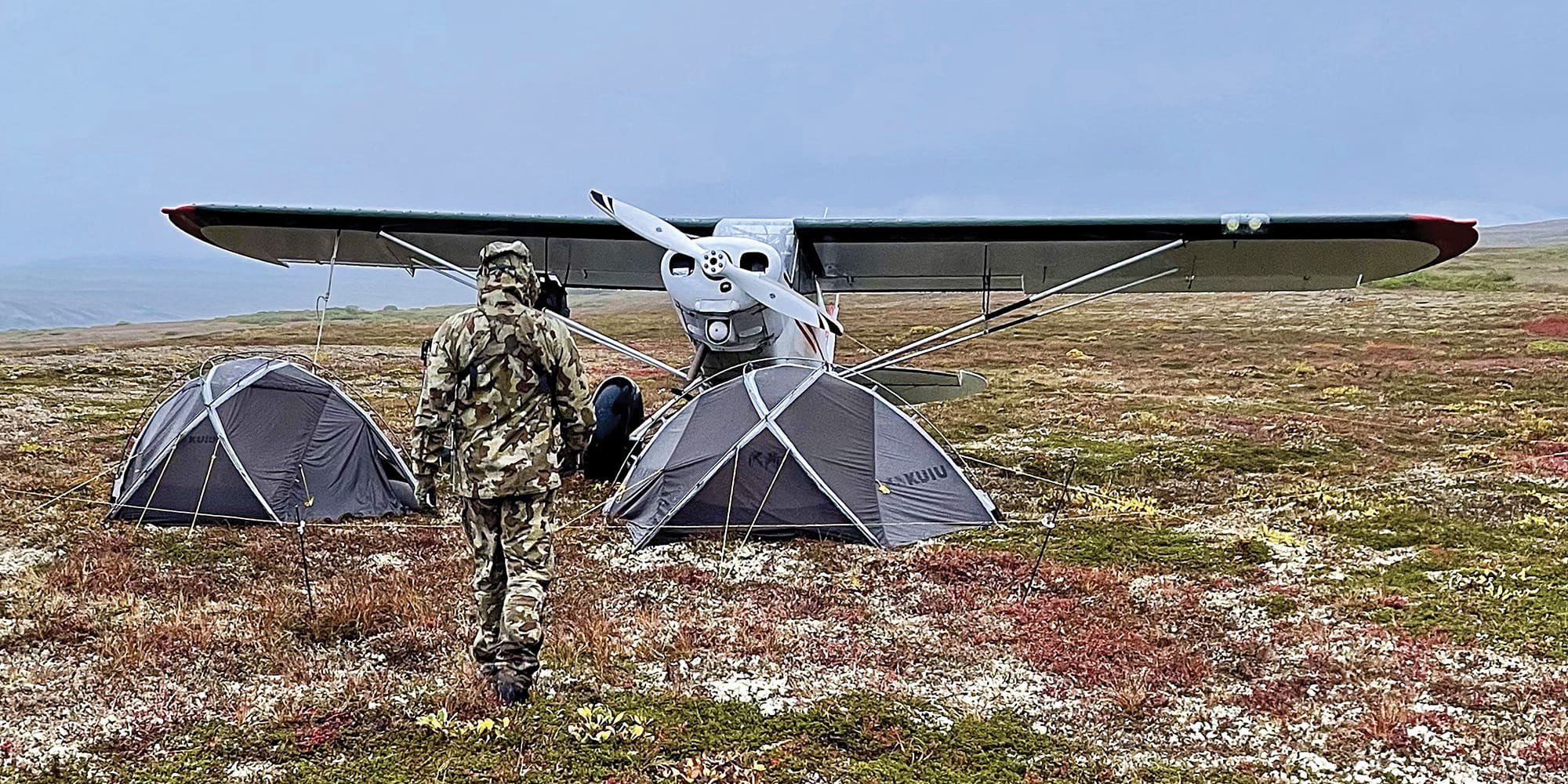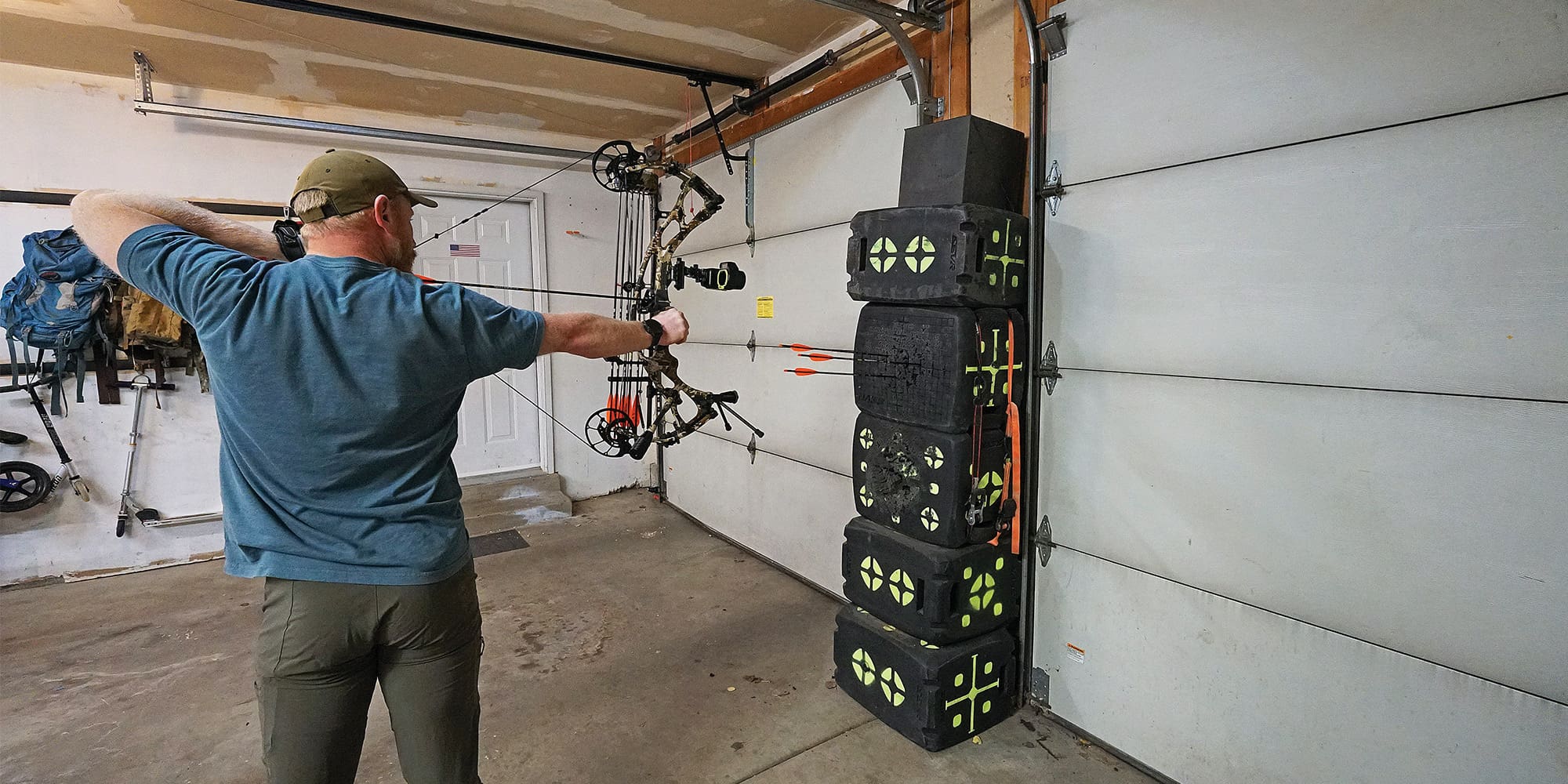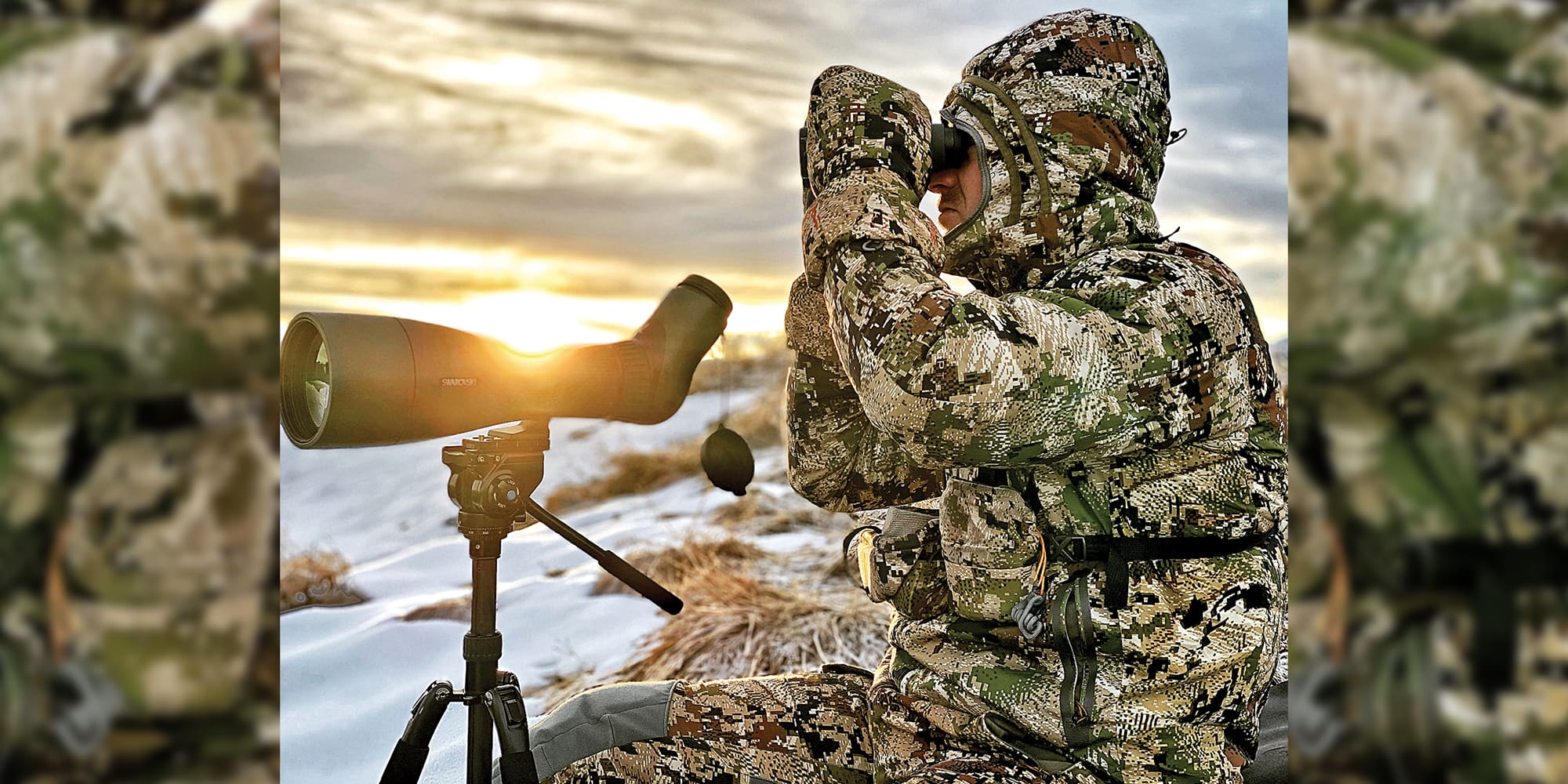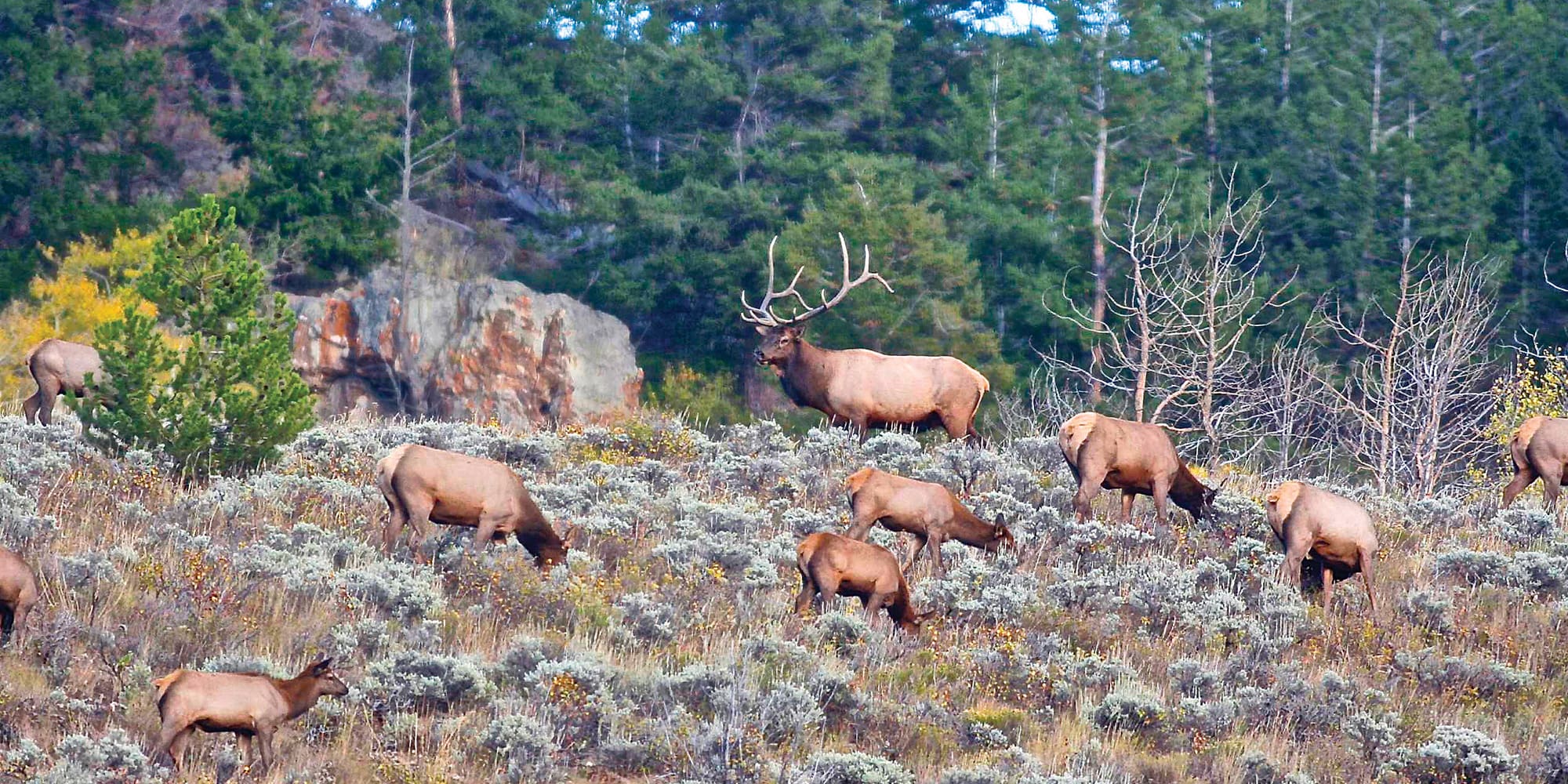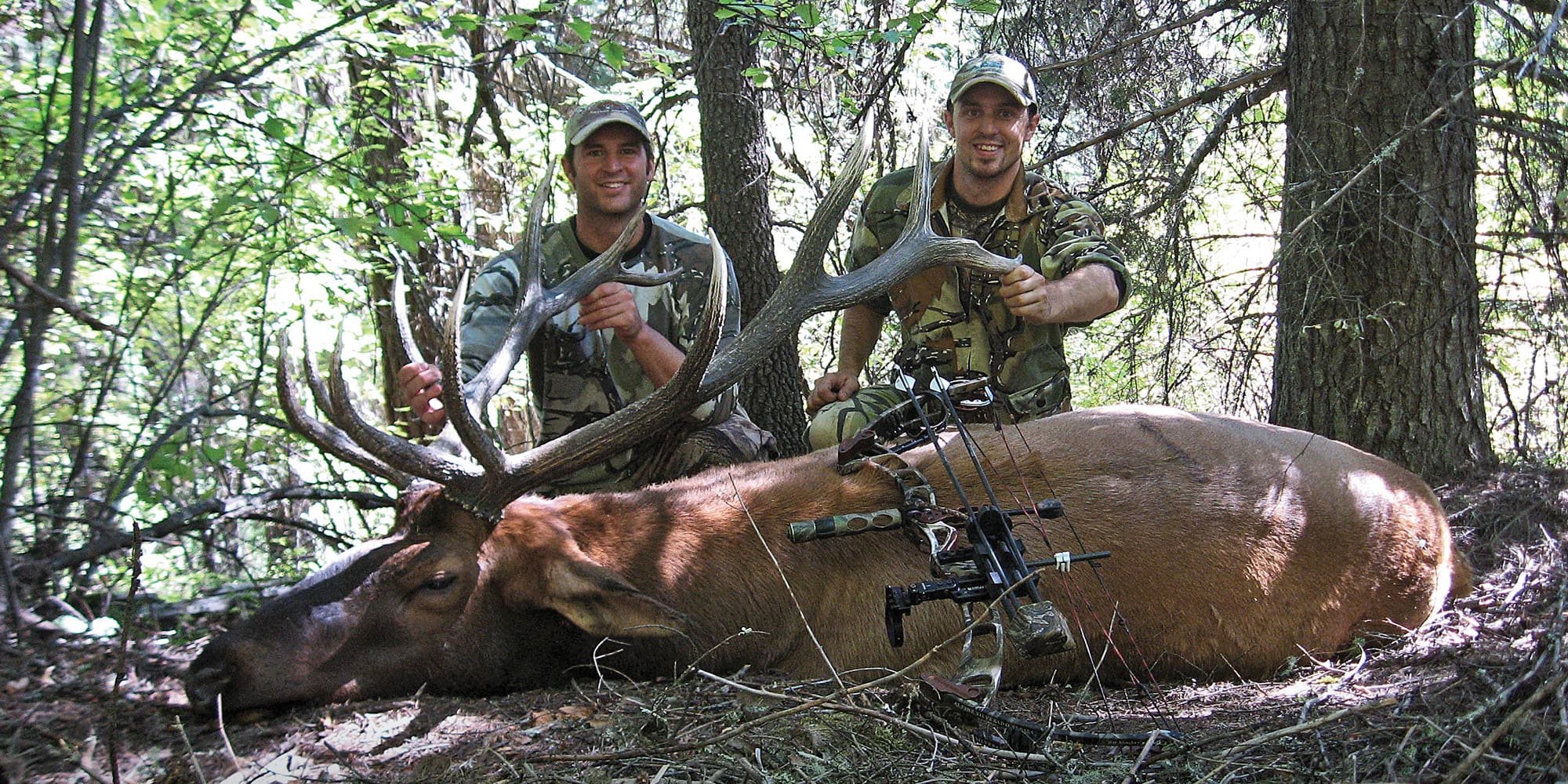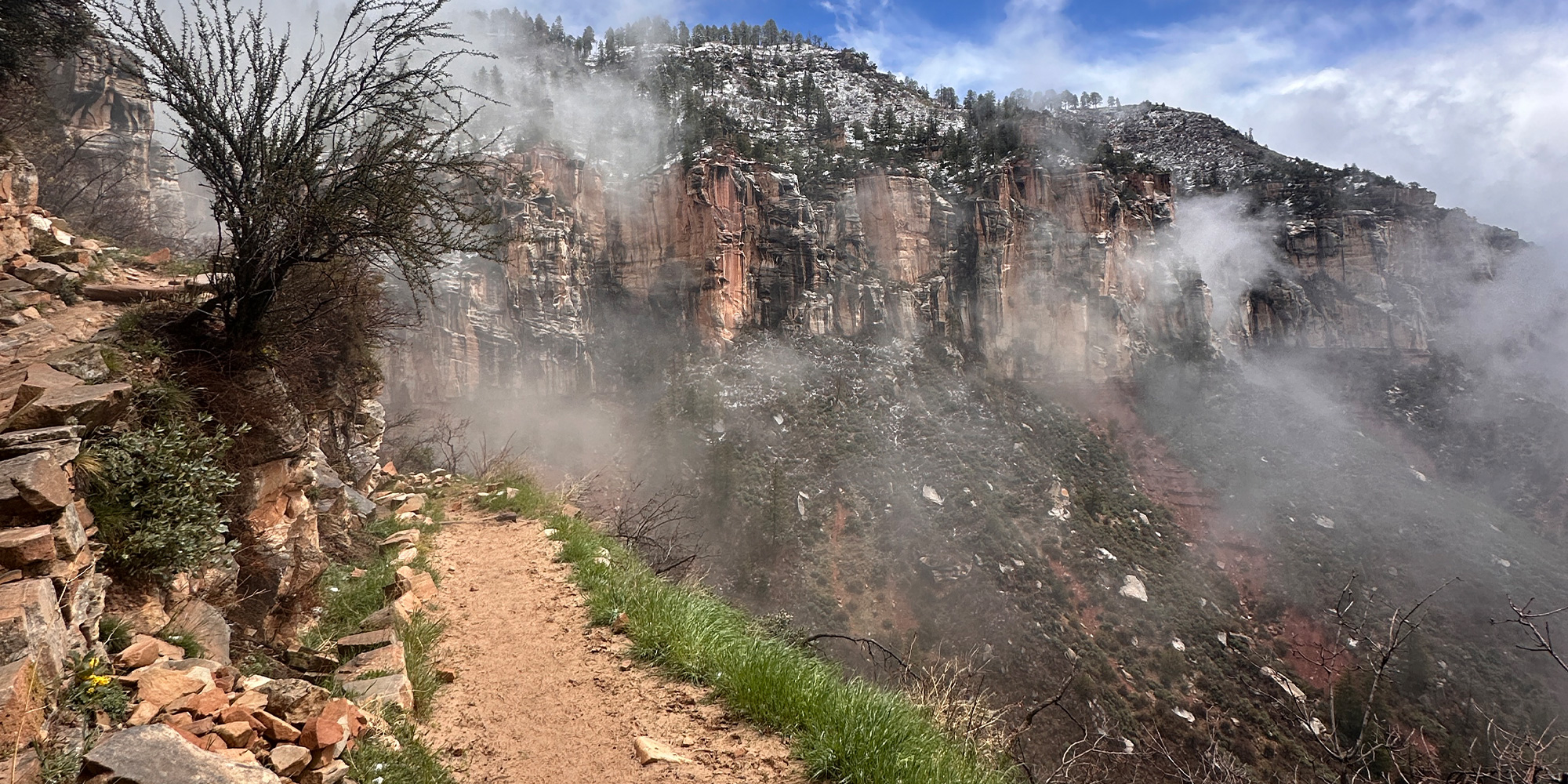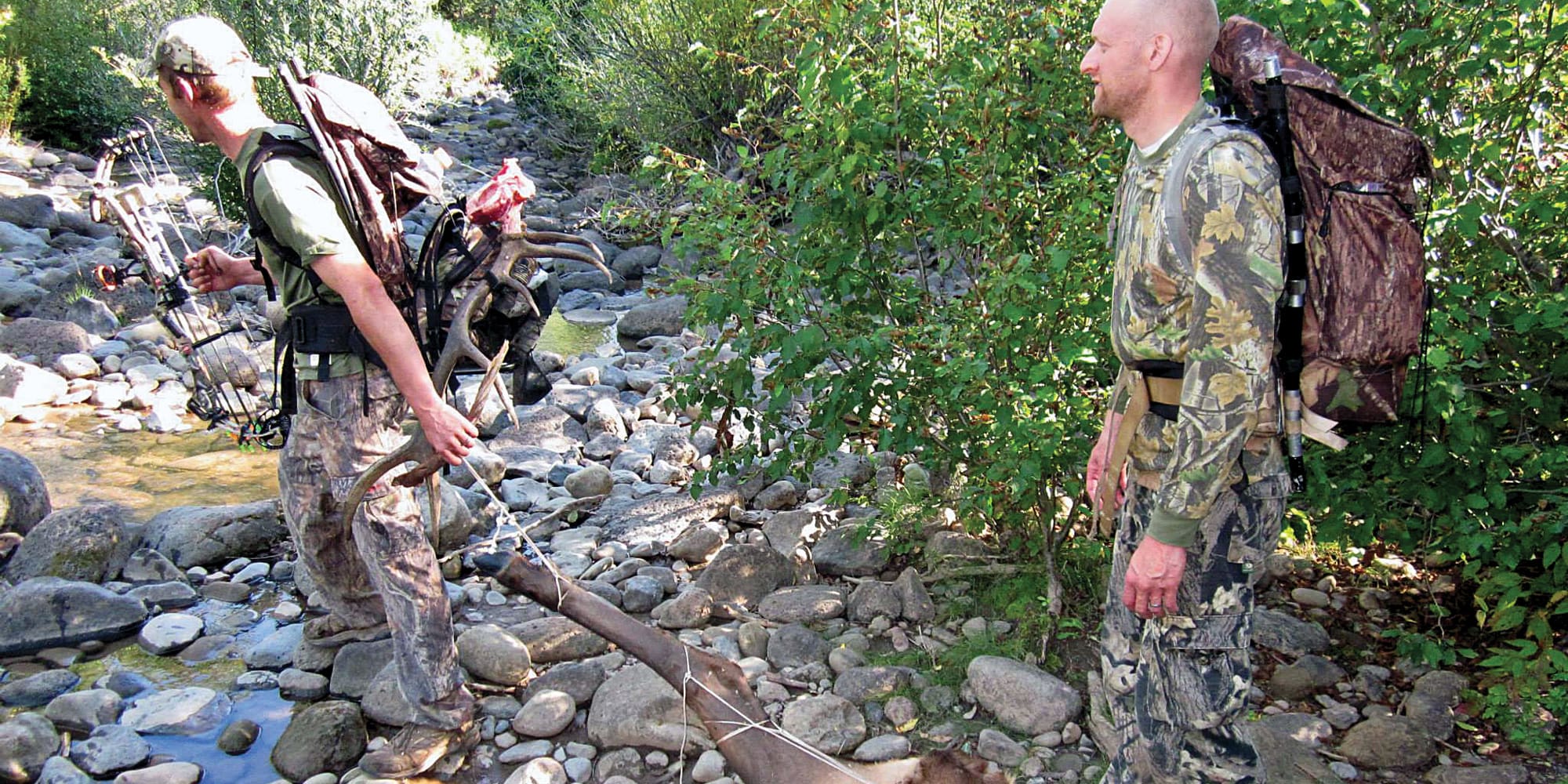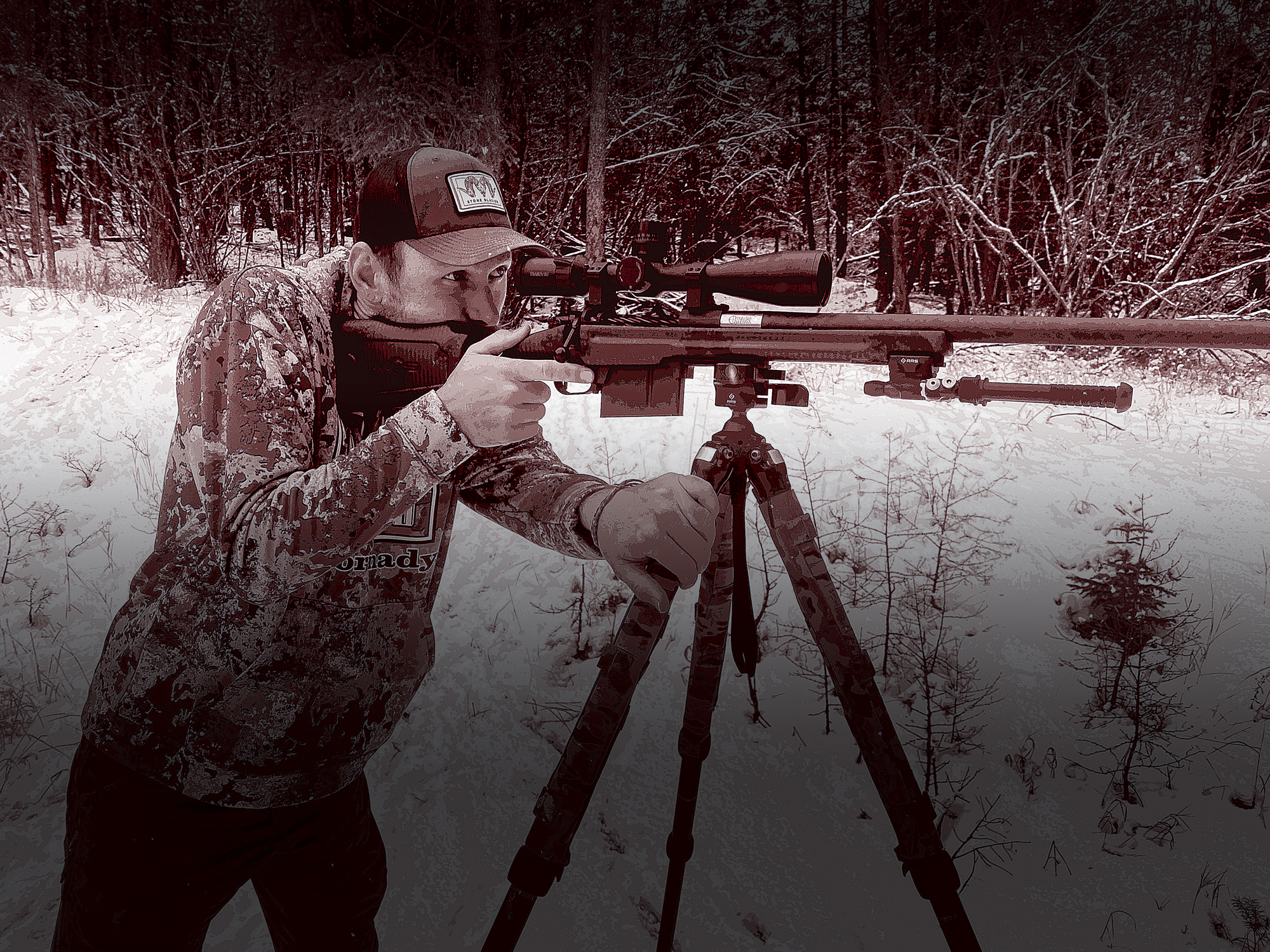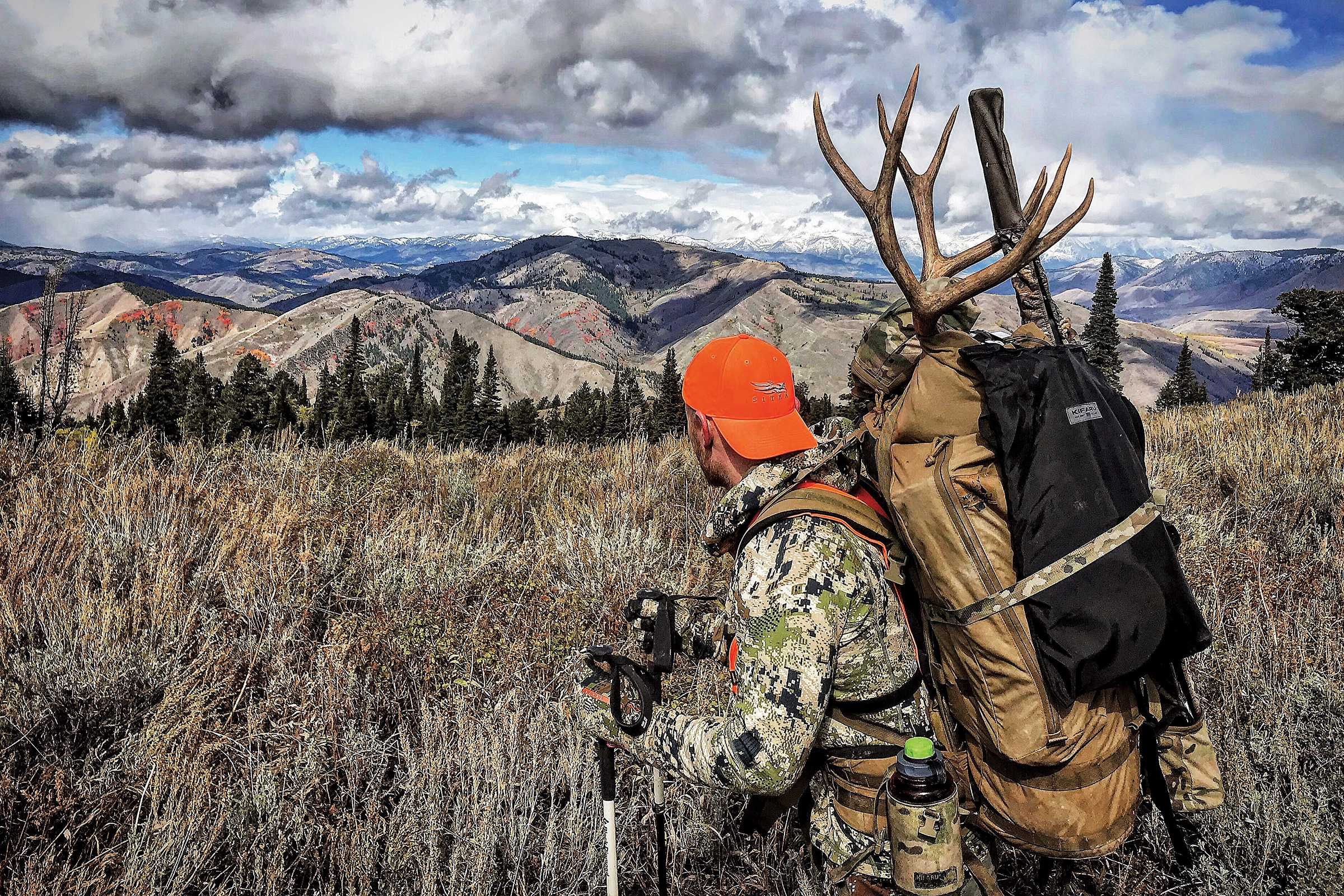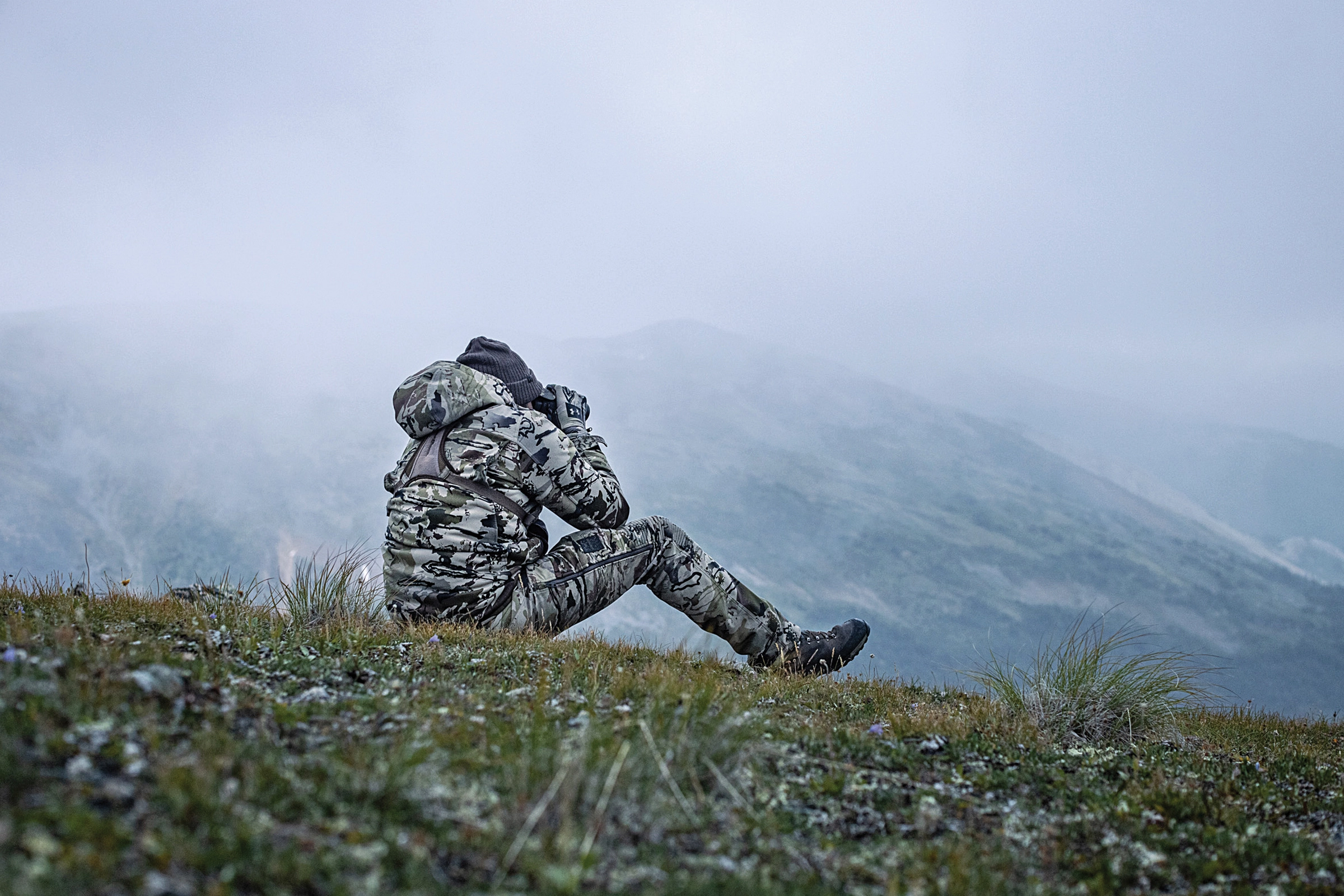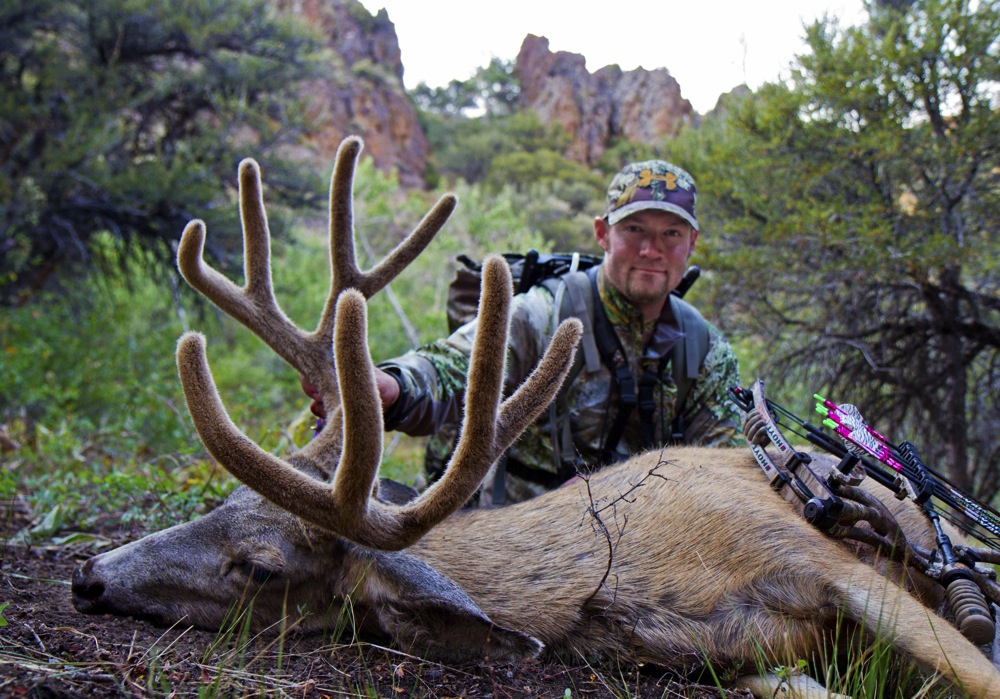
NOTICE: Certain links on this post may earn a commission for Western Hunter Magazine from Amazon or our other affiliate partners when you make a purchase. Thank you for your support.
7 Steps to Better Backpack Hunting
In our backpacking column, we spend a lot of time talking about very specific things. While these are all very important, sometimes it’s nice to back away from it and think about the simple, big picture items to keep in mind at all times when backpack hunting; things that can quickly make or break a hunt no matter how much preparation you have done. Here are seven tips to always keep at the forefront of your mind.
1. Keep Your Feet Dry
Nothing has the ability to destroy a backpack hunting trip like blisters, and one of the fastest ways to get them is by hiking in wet boots. While keeping your feet dry sounds simple enough, it always seems to be an issue - even on fair-weather hunts. Things like creek crossings and dew on the grass can be just as effective at soaking your feet as a hard rain - sometimes even more so - because they seem so innocent when compared to a big dark cloud. Don’t let these things sneak up on you, because drying soaked boots in the backcountry isn’t easy. Take extra precautions when crossing a stream, rather than saying “To heck with it; it’s not that deep. I’m just gonna run for it,” and then feeling like an idiot when you reach the other side and feel the water swamping your boots. Wet grass from morning dew is a real sneaky assassin as well because it doesn’t have to be very tall to reach the top of your boots and end up running down your socks. To me, it seems ridiculous to be putting on the rain pants in the morning when it hasn’t even rained in a week, but that’s often what it takes to keep my feet dry for the first couple hours of daylight until the dew dries.
2. Drink Enough Water
As simple as it sounds, it’s sure not easy in the backcountry. Basically, what I’m doing on my backpack hunting trips is managing dehydration more so than hydration. It would be very difficult to never get somewhat dehydrated backpack hunting. The key is to not allow yourself to become too dehydrated, as things can go south in a hurry, both mentally and physically. Most of us train to get into backpacking shape, so what’s the point if a well-conditioned body doesn’t get what it needs most to perform? Have a plan for your water intake and water gathering frequency and stick to it. I like to pack 2.5 liters with me in my pack during the day and keep plenty of water in camp so I can drink enough water in the mornings before I leave and at night before I go to bed. I pack an extra 4-liter Platypus reservoir that I fill up and leave in camp for this purpose. Knowing where the water sources are is another factor; preseason scouting for the best places to get water efficiently is as important as scouting for elk.
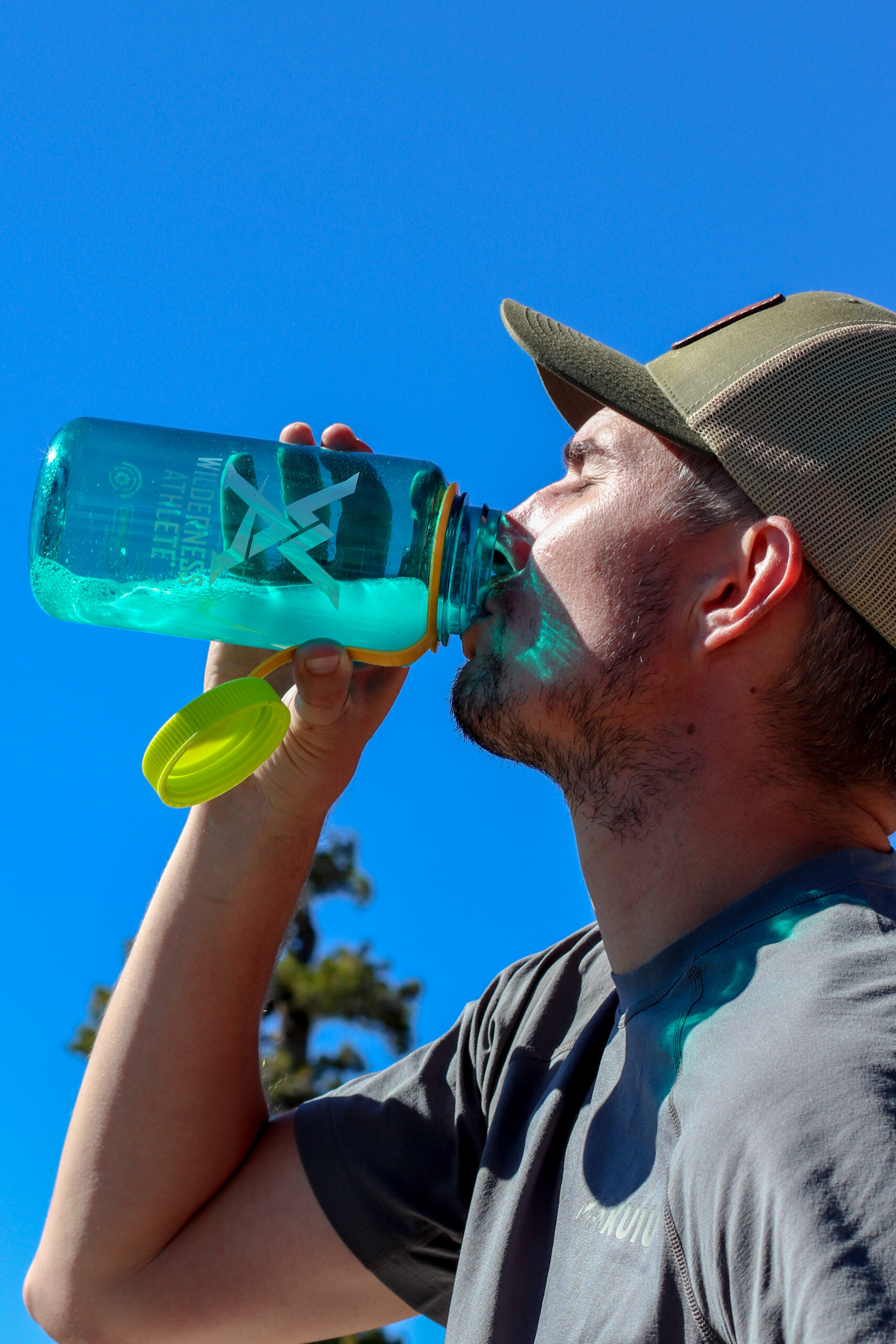
3. Do Your Homework
This includes scouting, talking to biologists, surveying maps and Google Earth, etc. For me, there’s always a big difference in how much energy and time I waste hunting when I haven’t done the homework I should have. While there’s nothing like actually physically scouting the area, the technology we have access to today is an effective tool for learning the ins and outs of our hunting areas. For example, even on hunts in places I’ve never been before, I usually already know how far I have to hike the first day and the best vantage points in the area by spending some time on Google Earth. Talking with forest rangers has also been helpful in finding out what trails have been cleared recently or are nearly impassible with livestock. Getting the current forest travel maps has also saved me some serious pain by knowing what roads are open and closed, which can make a huge difference in knowing the best way to pack out an elk or access an area. Believe me, there is nothing that sucks more than hiking six miles with 50 lbs. on your back and then crossing a four-wheeler trail you didn’t know was there. Without making an effort in researching a new area, you’re likely to spend the first portion of your hunt scouting more than hunting.
4. Cut the Crap
Being able to carry your pack around without it being painful is crucial. You really have to know the difference between what you want to bring with you and what you need to bring. Less is more when it comes to backpack hunting. A good way to accomplish this is by getting yourself a scale and weighing everything you plan on taking. Doing this really helps you become more aware of every single item and helps in the decision-making process of deciding what goes and what doesn’t. We all have gear that we could upgrade and get something better and lighter; try and pick the item that would save the most weight and upgrade if you can afford to. Making an upgrade or two each year makes it affordable, and it’s safer than doing it all at once and then heading into a hunt with a bunch of stuff that’s unproven.
5. Choose Your Camp Spot Wisely
As I mentioned in Step 3, having a good idea of where you’re going to camp prior to even leaving the trailhead is a good idea. You’ll make better decisions from home when you’re not tired and dehydrated. I base my camp location selections based on a combination of factors, such as proximity to a good vantage point, water source, shelter from wind, etc. The weight of each of these factors varies from hunt to hunt based on the terrain, time of year, and weather forecast. But if you don’t have at least a game plan in advance, it’s easy to pick a bad location. You’re tired, just hiked hard, and all you want is to stop and set up your camp and rest. Camp in the wrong spot and you risk things like not reaching your vantage point until well after sunrise and wasting energy in the process, not hearing the sound of elk bugling at night because you camped to close to running water, or being dehydrated most of the time because you camped so far from water.
6. Sleep with One Eye Open
This comes into play more so on warm-weather hunts. Typically, those warm weather conditions mean that elk movement is slow during the heat of the day, so that’s a good time to relax and rest up for the evening hunt. However, as nice as a nap is in the tent, it’s rarely going to result in an extra chance for success like resting in a place with a view of the surrounding area or next to a game trail or a freshly used wallow. While I do tend to take it a little easy during midday on warm-weather hunts, I’ve been rewarded many times for keeping an eye out from a strategic resting location and spotting a bull out feeding or heading for water. My three largest bulls to date were all taken between 10 a.m. and 2 p.m. Packing a super light and inexpensive Therm-a-Rest Z-lite that I cut in half makes it easier to be comfortable away from camp.
7. Keep the Playbook Handy
This is far more important on backpack hunting trips than when camping from your truck. Basically, this is always thinking one step ahead and planning the next move before you need one. The reason this helps me is because everything is so hard-earned in the backcountry that when things don’t go as planned and a stalk is blown on a big bull that you’ve been hunting for three days, it can crush your optimism. It can be hard to bounce back from a missed opportunity due to the amount of effort it took to earn it, and without a plan for what to do later that day or the next prior to the blown stalk, you risk making poor choices when you’re disappointed. It’s a challenge for me to keep my head in the hunt when I come so close to success and it slips away. The worst feeling is to not have a clue what to do next and trying to decide when all you want to do is cry. Everyone will blow stalks and opportunities, but the key is to not let one curveball send your attitude out of control. Failure and success go hand in hand, and I expect both on every hunt. Without a plan for how to handle the heartbreak of failure, it’s a lot harder to relocate the path to success.
